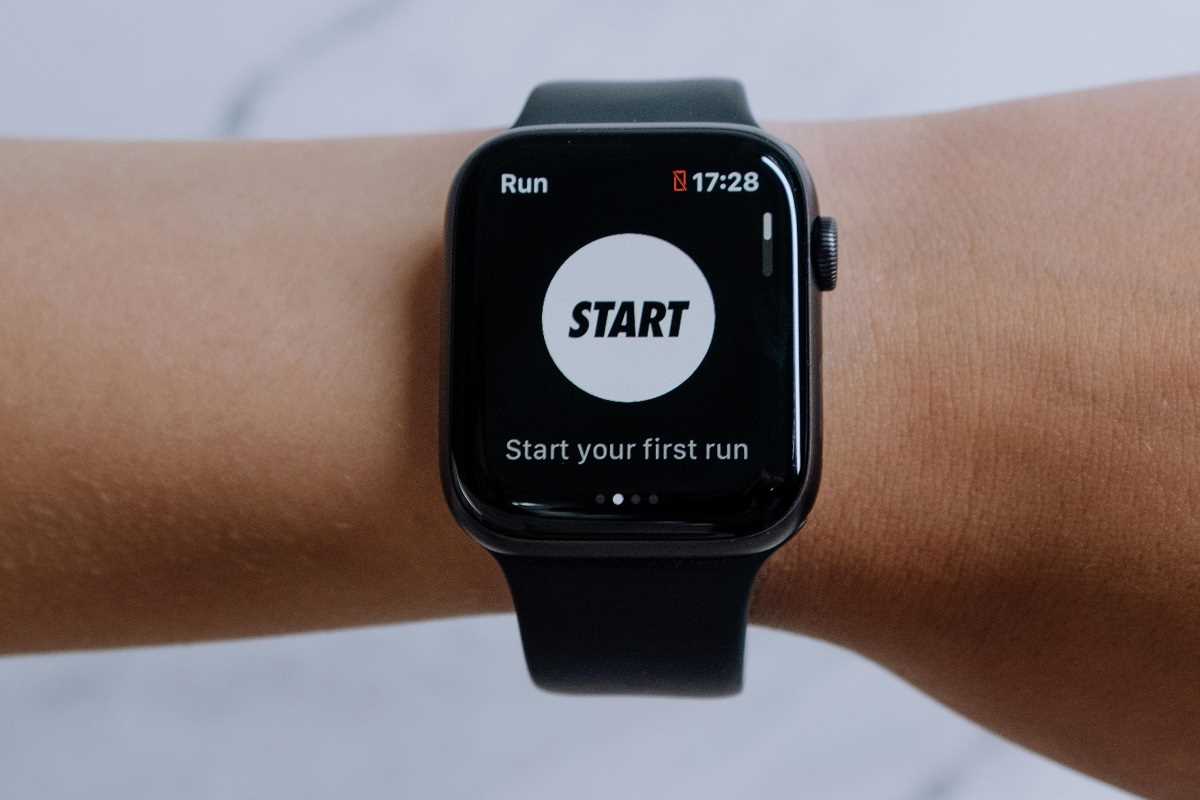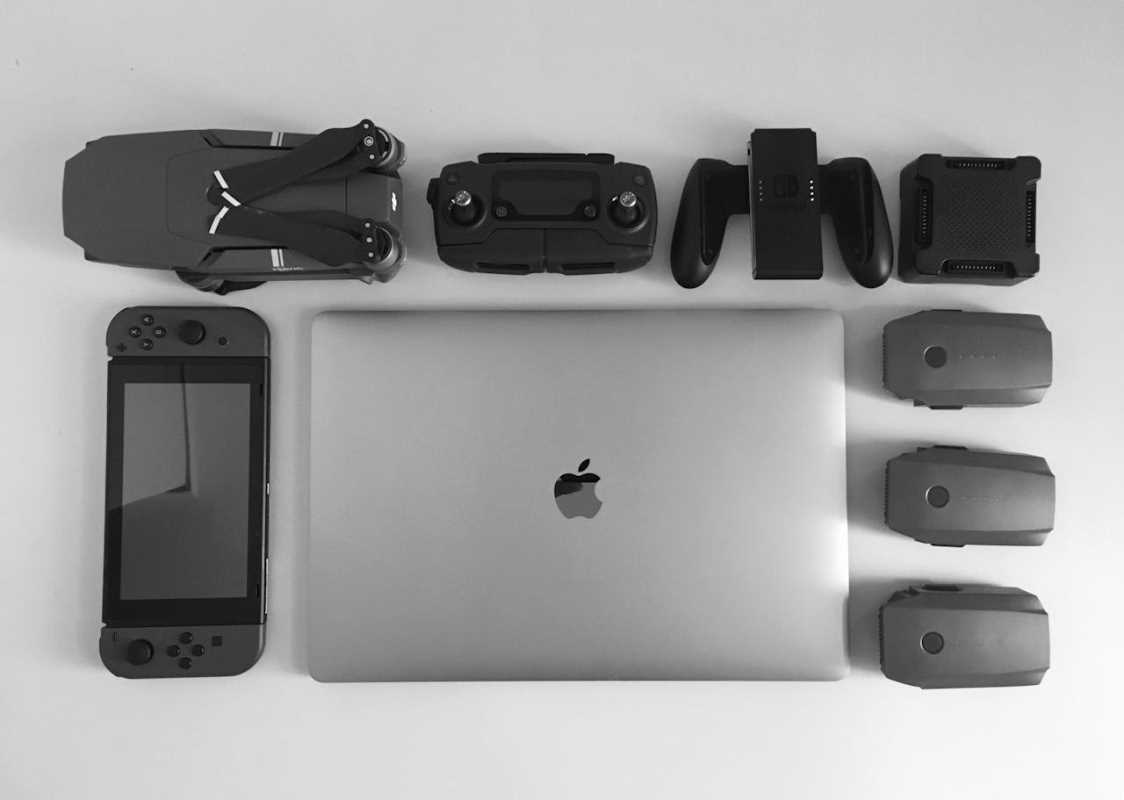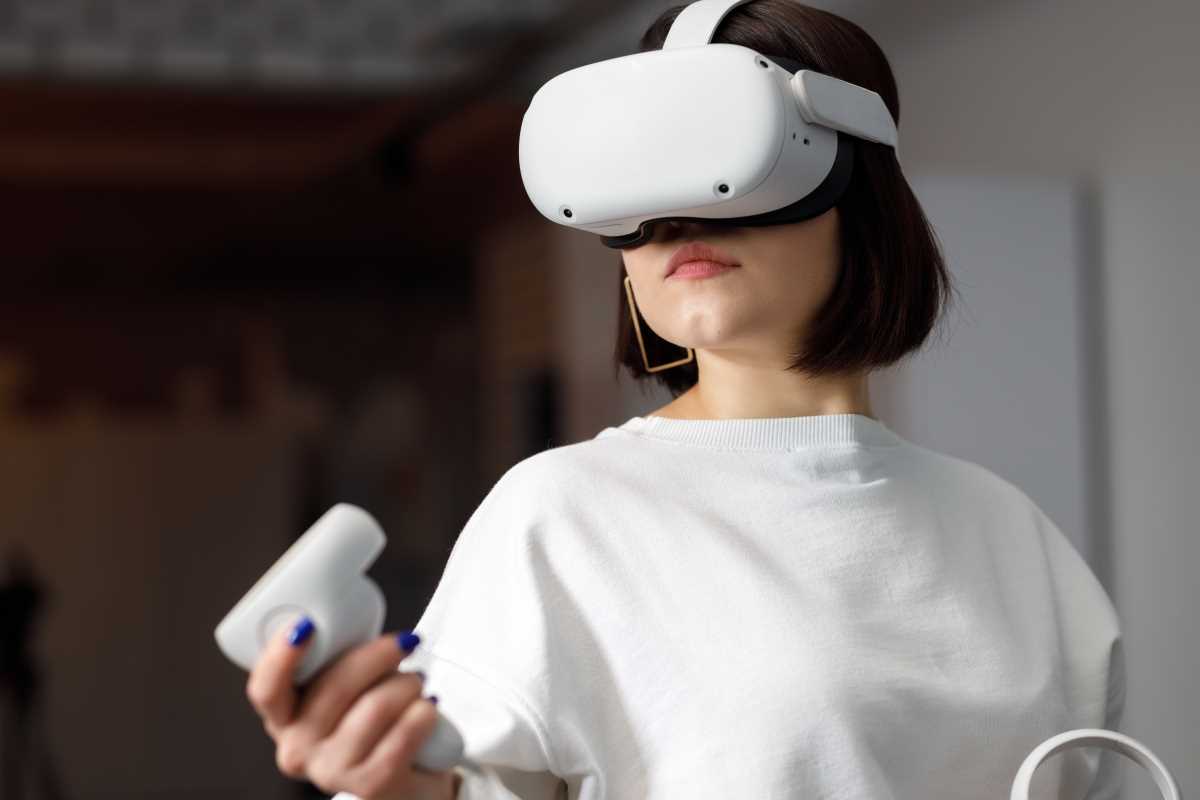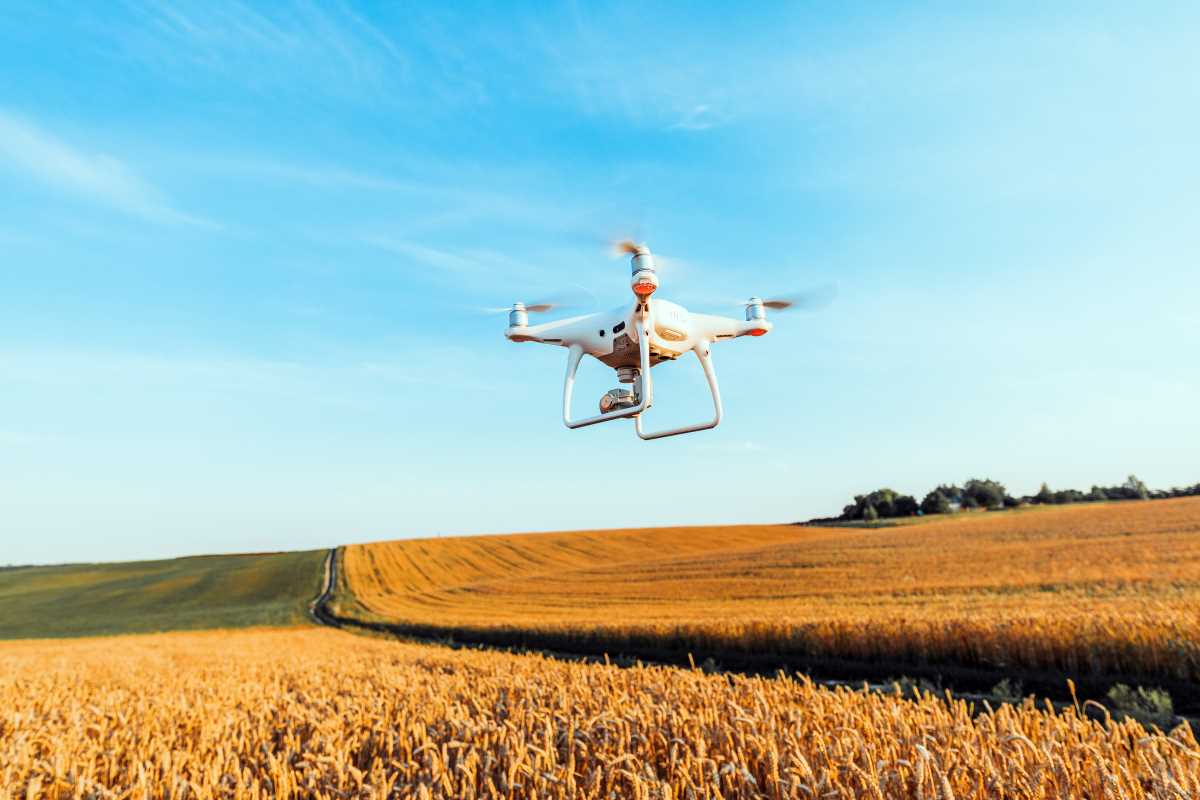Personal finance management has witnessed a technology-driven transformation in recent years, with wearable devices emerging as key players in this evolution. Once limited to fitness tracking and basic notifications, wearable technology now offers consumers innovative ways to track spending, budget effectively, and plan their financial future. This trend reflects a growing demand for real-time, hands-free solutions to integrate financial well-being into everyday life.
The Intersection of Wearable Tech and Personal Finance
Wearable technology encompasses a wide range of devices, from smartwatches to fitness bands, equipped with advanced functions like biometric sensors, GPS tracking, and wireless connectivity. Initially designed to improve convenience and productivity, these devices are now being integrated with personal finance management tools, resulting in a seamless union between technology and financial health.
The popularity of wearables is evident. According to market research, the global wearable technology market is expected to exceed $160 billion by 2026. While fitness tracking remains the most common use case, financial management features are carving out a niche, driven by the convenience of managing money directly from your wrist.
Features that Enhance Financial Management
Wearable devices are evolving rapidly to offer features designed specifically to simplify personal finance management. Here are some of the most impactful:
1. Spending Tracking
Many wearables can now sync with mobile banking apps and digital wallets to provide real-time updates on spending. Users can receive instant notifications for every transaction, making it easier to monitor daily expenses and detect unusual activity. For example:
- Apple Watch connects seamlessly with the Wallet app, sending notifications for purchases and displaying transaction details.
- Samsung Galaxy Watch offers integration with Samsung Pay, allowing users to make payments and review spending.
With these functionalities, consumers gain a deeper awareness of their spending patterns, allowing them to make informed decisions.
2. Budgeting Tools
Wearable devices are becoming popular for their ability to help with budgeting. They enable users to set spending limits, track monthly progress, and receive alerts when nearing predefined budgets. Some examples include:
- Fitbit Versa integrates with apps like Mint to provide a full view of financial activity, categorizing spending into budgets.
- Garmin Pay-enabled devices work with supported third-party apps to track spending limits and financial goals.
The convenience of budget monitoring on-the-go helps users stay accountable and ensures they don't stray from their financial plans.
3. Encouraging Financial Wellness through Habits
Several wearable devices now integrate gamification and daily goal tracking to encourage better financial habits. For instance, users can set savings goals directly on their smartwatches, tracking progress visually. Notifications and personalized reminders nudge consumers to prioritize saving over unnecessary spending.
4. Expense Management for Travel
With features like currency conversion rates and expense logging, wearables make managing money during business trips or vacations easier. Devices like the Apple Watch and apps such as Splitwise and Trail Wallet allow users to break down travel-related expenses and split bills with groups in real-time.
5. Biometric Payment Authentication
Security is critical in the financial sector, and wearable technology is proving to be a significant player in enhancing it. Devices with biometric sensors, such as fingerprints or heart-rate metrics, enable secure payment authentication. Companies like Fitbit Pay, Apple Pay, and Garmin Pay ensure faster and safer transactions, protecting users from potential fraud.
Real-World Examples of Wearable Tech in Personal Finance
Several industry-leading wearables are already making waves in personal finance management. Here’s a closer look at some standout products and their key features:
- Apple Watch: A dominant force in the wearable market, the Apple Watch enables users to make mobile payments via Apple Pay, track expenses, and access financial insights through third-party apps like PocketGuard.
- Fitbit Pay: Known for fitness tracking, Fitbit also supports contactless payments, offering integration with financial management apps for a broader perspective of personal finances.
- Samsung Galaxy Watch: With Samsung Pay pre-installed, users can manage purchases and spending. The device supports secure authentication and provides budget trackers.
- Garmin Wearables: Garmin smartwatches with Garmin Pay simplify transactions and promote savings by connecting wearable prompts with external apps designed for financial tracking.
Additionally, hybrid solutions are emerging, where wearables collaborate with fintech companies or banks to offer exclusive features. For example, banks like Barclays have introduced bPay wearable options for contactless payments, blurring the lines between banking services and wearable technology.
Predictions for the Future of Wearable Fintech Integration
The capabilities of wearable devices in personal finance are destined to expand as artificial intelligence (AI) and machine learning reshape the landscape. Here are three key trends likely to define the future:
1. AI-Driven Insights
With artificial intelligence integration, wearables could analyze spending habits to provide users with actionable financial insights. Imagine a smartwatch recommending smarter shopping habits or identifying investments aligned with personal goals.
2. Savings Automation
Wearables of the future may automate the savings process based on real-time financial activity. For example, when users make a contactless payment, the wearable could round up amounts to the nearest dollar and deposit the difference into savings.
3. Enhanced Customization
User-centric customization will be a hallmark of future wearables. Devices will likely offer deeply tailored budgeting tools, expense categorizations, and goal-setting features that adjust based on individual financial priorities and behaviors.
4. Health and Financial Data Convergence
The convergence of biometrics and financial data could yield personalized finance strategies correlating spending with a user’s physical well-being. For instance, wearables could suggest cutting back on entertainment expenses to afford preventative health care services.
Challenges to Widescale Adoption
While the potential of wearable technology in personal finance is undeniable, several challenges remain:
- Data Privacy Concerns: The significant amount of personal and financial data collected by wearables raises concerns over security breaches and misuse.
- Integration Hurdles: The compatibility of wearable devices with a broad array of financial platforms or apps is still evolving.
- Cost Barrier: High prices for premium wearables may limit accessibility for budget-conscious consumers.
Solving these challenges will require concerted efforts from app developers, wearable manufacturers, and financial institutions to build trust and enhance affordability.
 (Image via
(Image via





